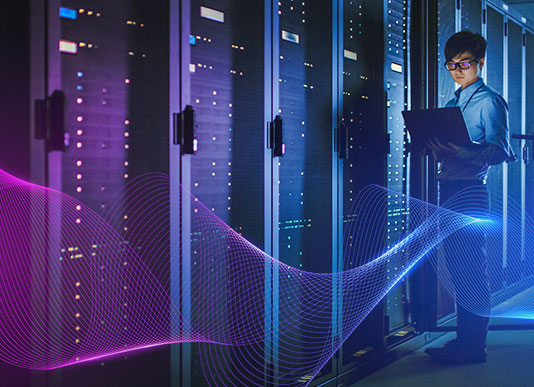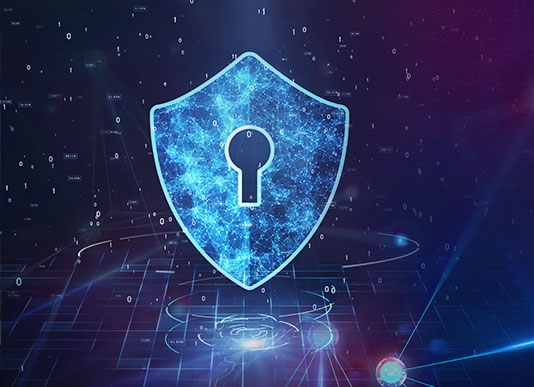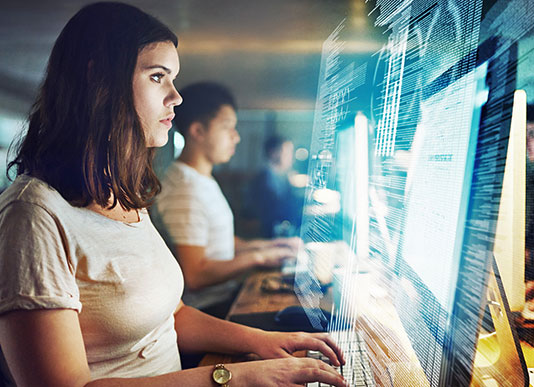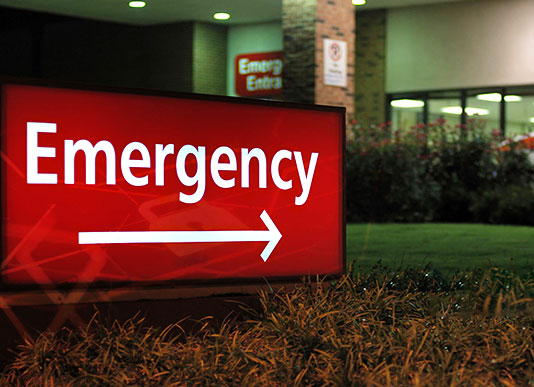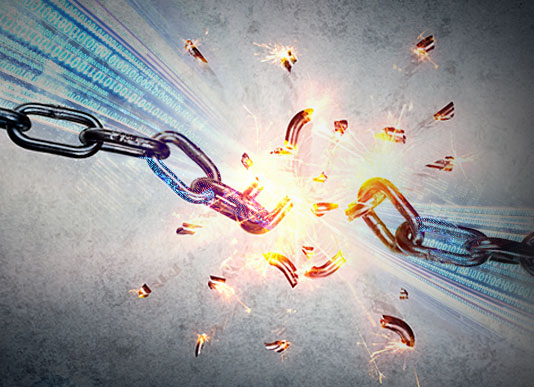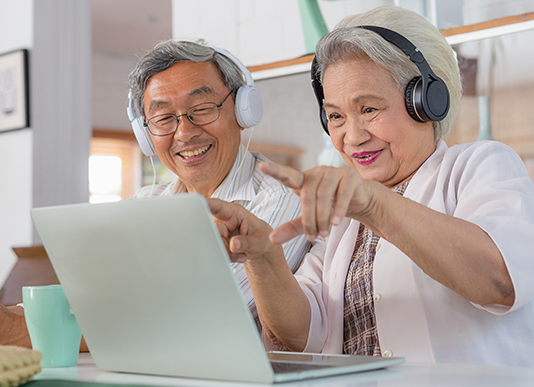Inland marine services are just as vital to the energy sector as offshore operations. In fact, much of the nation’s crude oil, refined fuels and other energy products are transported by barges. These in turn rely on tugboats and towboats for propulsion and maneuvering.
Communication and collaboration tools have been a lifeline for employees working from home. Voice and video conferencing, chat and instant messaging, presence, and document sharing have enabled remote workers to stay in contact with colleagues and streamline workflows.
The rapid shift to work-from-home models has largely been successful, enabling public- and private-sector organizations to keep functioning and meet social distancing requirements. The benefits have been so great that many organizations plan to offer remote work options after the pandemic has abated. A Cisco survey conducted between June and September 2020 found that 37 percent of organizations expect to continue work-from-home arrangements long-term.
The term “managed IT services” is commonly used in the IT industry and widely misunderstood. What IT services are managed? Who is managing them and why?
Email remains a primary vector for cybersecurity threats. According to the Verizon Data Breach Incident Report, 94 percent of malware is spread via email, and phishing accounts for 80 percent of social engineering attacks. Losses associated with phishing attacks averaged $17,700 per minute in 2019, according to data from RiskIQ.
Real-time communications have transformed maritime, energy and other industries with offshore operations. In the past, two-way radios provided the only communications link between offshore sites and onshore locations. Personnel working on vessels and offshore facilities were essentially cut off from the rest of the world.
Many organizations have implemented communication tools in an ad hoc manner to facilitate collaboration among dispersed employees. The unfortunate downside is a fragmented communication environment that leads to inefficiency and a poor user experience.
The work-from-home models necessitated by the COVID-19 pandemic are driving rapid adoption of SD-WAN solutions. By providing more flexible, scalable and reliable connectivity than traditional WAN architectures, SD-WAN improves access to corporate resources and cloud services for today’s distributed workforce. As organizations embrace remote work as a long-term strategy, SD-WAN has become an essential component of the corporate IT infrastructure.
The COVID-19 pandemic has accelerated adoption of cloud applications and services to support remote operations. According to new data from Synergy Research Group, spending on cloud services saw 28 percent year-over-year growth in the third quarter of 2020 alone — about three percentage points greater than would have been expected under normal circumstances.
Despite the digitization of many business processes, workers still need to print, scan, fax and copy documents. However, employees working from home no longer have access to the business machines in the office. This has led to a surge in demand for home office printers and multifunction devices (MFDs).
Cybercrime is big business. A recent study by Atlas VPN found that cybercriminals rake in more than $1.5 trillion in revenue annually — triple the earnings of retail giant Walmart. If you count all the global costs of cybercrime, it would be equivalent to the world’s third-largest economy, according to Cybersecurity Ventures.
A new report paints a grim picture of industrial control system (ICS) cyber security. According to the Claroty Biannual ICS Risk & Vulnerability Report, 365 ICS vulnerabilities were disclosed in the first half of 2020, 75 percent of which were rated as high or critical using the Common Vulnerability Scoring System (CVSS). These vulnerabilities were most prevalent in ICSs used in critical infrastructure, including the energy and critical manufacturing sectors.
We’ve been talking about the cybersecurity threats to look out for in 2021 and the tools and services you’ll need to protect your applications and data. Now comes the question of how much budget to allocate to cybersecurity in the coming year.
Networking has historically been hardware-centric, with organizations deploying stacks of routers, switches and security appliances. The result is a highly complex environment that is managed manually on each device. Inflexible legacy network architectures make it difficult to implement new applications and services or scale the environment to meet changing demands.
In our last post, we discussed six cybersecurity threats that will likely have the greatest impact on organizations in 2021. Phishing campaigns will continue to proliferate, and many will exploit the fear and uncertainty that continues to surround the COVID-19 pandemic. Experts are also predicting “Nigerian Prince” scams preying on individuals and businesses looking for economic stimulus payments.
In a previous post, we took a look at the serious problem of insider threats. Accounting for 30 percent of all security breaches, insider threats include well-meaning users who make mistakes or work around security policies and insiders who attack company IT systems out of malice or for personal gain. The most expensive insider attacks involve credential theft, in which outside hackers steal legitimate usernames and passwords to gain access to IT systems.
Organizations are right to be concerned about shadowy hacker groups infiltrating their IT systems. According to Verizon’s 2020 Data Breach Investigations Report, 70 percent of security breaches can be traced to malicious external actors. Organized criminal groups were behind 55 percent of breaches, and 86 percent of breaches were financially motivated.
If 2020 has taught us anything, it’s that IT strategies need to stay flexible. Experts had been saying for years that we were overdue for a pandemic, but no one anticipated that we’d need to retool our operations overnight due to lockdowns and social distancing requirements. Many scheduled projects and initiatives had to be put on hold so that IT staff could focus on enabling remote access.
Sadly, it was bound to happen. A woman in Düsseldorf, Germany, has died as a result of a ransomware attack. The 78-year-old victim was to receive critical care at Düsseldorf University Hospital, but the attack had disabled the hospital’s systems. The hospital was forced to reroute her to another facility 19 miles away, delaying her health care by an hour. It is the first known fatality linked to cybercrime.
The sudden shift to remote work models has revealed weaknesses in many corporate networks. In an IDC study of enterprise networking decision-makers conducted in May and June of 2020, 84 percent of respondents said employees are unable to access applications at least weekly due to network connectivity issues. More than half (51 percent) said employees cannot access applications multiple times a week, with 11 percent reporting that this problem occurs daily.
The COVID-19 pandemic has been especially hard on the nation’s seniors. Because of the risk the coronavirus poses to older folks with health problems, many seniors have had to remain isolated from family and friends. Nursing homes, retirement communities and other facilities providing long-term care have been forced to strictly limit visits from outsiders to reduce the risk of spreading the disease.
Many people equate cybersecurity with firewalls, intrusion prevention systems and other tools that are used to protect the IT environment. But technology alone can’t prevent a security breach. On the contrary, people are the most important element in any cybersecurity program.
Data encryption has become the primary means of maintaining the privacy of Internet communications. According to data released in April 2020 by Statistica, 63 percent of organizations use the Transport Layer Security (TLS) and Secure Socket Layer (SSL) cryptographic protocols extensively. Another 23 percent use them partially.
Although software-defined WAN (SD-WAN) adoption has slowed somewhat due to current economic conditions, a new report from Dell’Oro Group predicts that uptake of the technology will quickly rebound. The research firm projects that SD-WAN sales will increase 168 percent through 2024 to exceed $3.2 billion.
This isn’t the typical hurricane season. Organizations that are already grappling with the sudden transition to remote work strategies now have the added worry that a tropical storm could put even more pressure on their operations.
Given the economic uncertainty caused by the COVID-19 pandemic, many organizations are scrutinizing expenses to keep a lid on costs. However, one area of potentially significant savings is often ignored or overlooked — the telecom bill.









